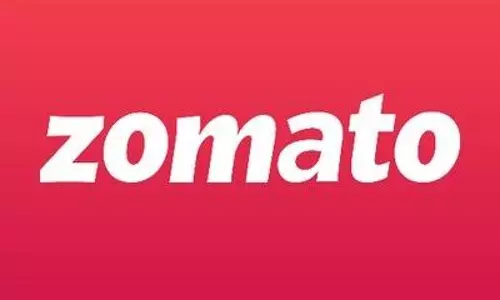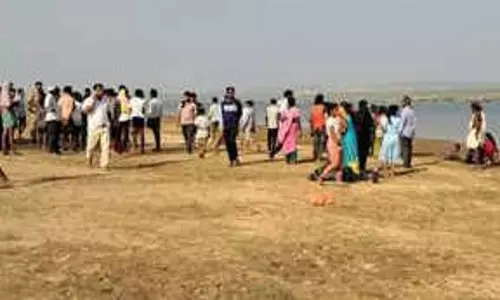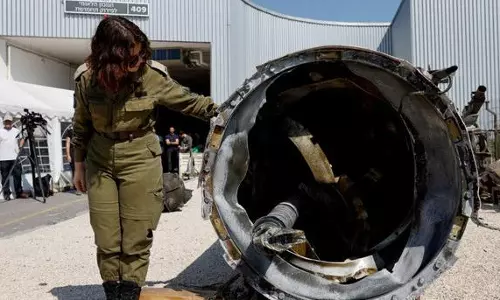
Idukki India's first district connected with optical fibre project
text_fieldsThiruvananthapuram: Idukki district in the state has become the first in India to be connected with high-speed rural broadband network.
Telecom Minister Ravi Shankar Prasad Monday commissioned the National Optical Fibre Network (NOFN) at Idukki.
NOFN would open up new avenues for telecom service providers, Internet service providers and cable TV operators, content providers to launch next generation services and spur creation of local employment opportunities in a big way.
Currently, the district has 8 block offices and 53 gram panchayats. Of these 8 block offices and 52 gram panchayats have been connected on optical fibre and one gram panchayat, namely Edamalakudy, is connected through VSAT, an official statement said.
Edamalakudy, is a tribal gram panchayat consisting of 26 tribal villages with a population of around 2,200. It is remotely located, around 18 km from Pettimudi which is the last point one can go to using a vehicle.
"BSNL has made exceptional efforts in connecting this gram panchayat and now broadband Internet as well as mobile services are available over here. For the first time the villages under this panchayat would be connected through mobile phones and Internet," it added.
NOFN aims to provide high-speed broadband connectivity to 2.5 lakh gram panchayats by December 2016 and the estimated cost of the project is around Rs 30,000 crore.
The government has set a target of rolling out optical fibre network across 50,000 village panchayat by the end of this financial year, 1 lakh by March 2016 and another 1 lakh by end of 2016.























